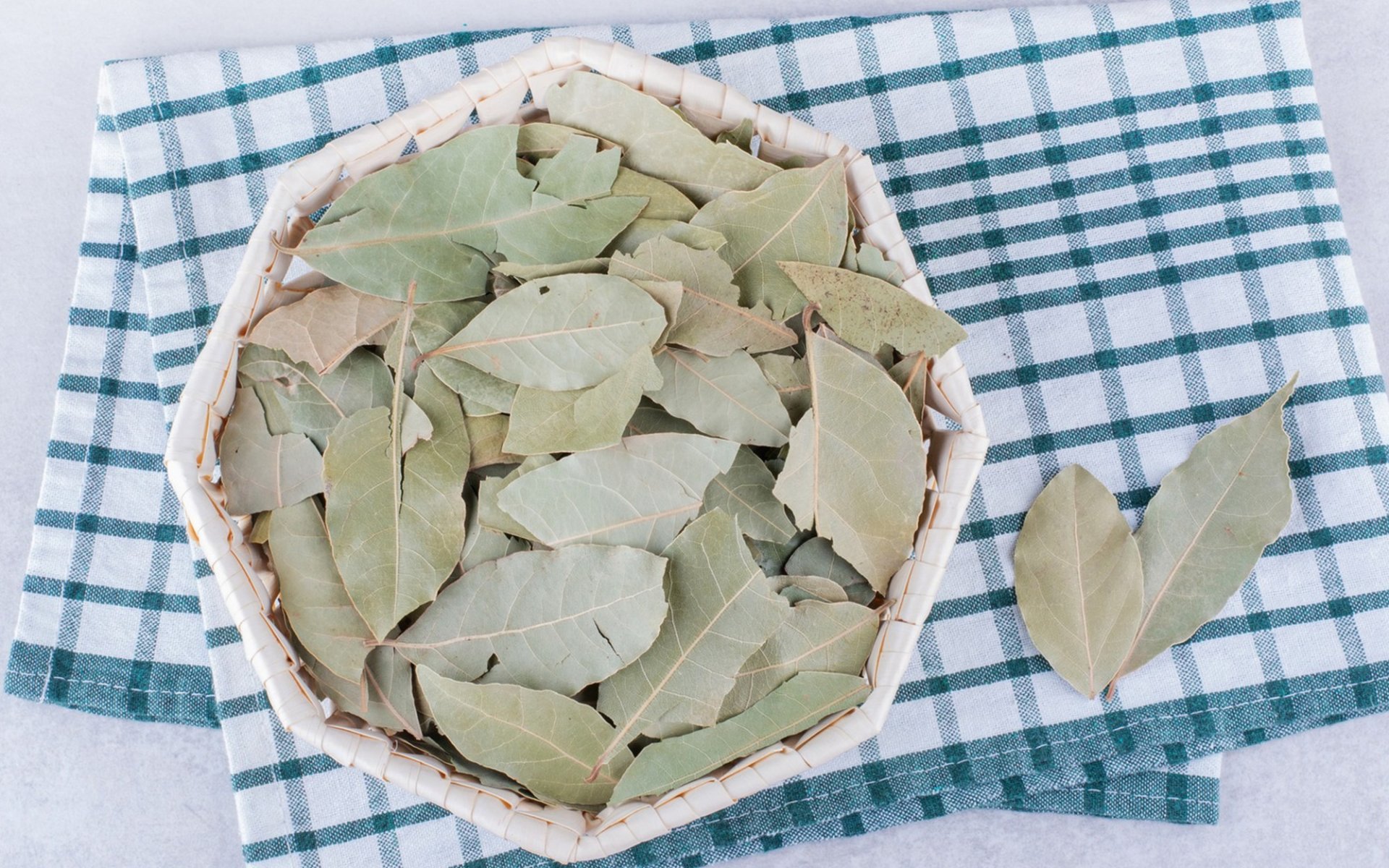Bay Leaf

Bay leaf, a Western herb, originates from the Mediterranean region and was discovered by the ancient Greeks 3,000 years ago. It is a popular herb used in cooking and traditional medicine, similar to many other Western herbs.
Bay Leaf in Legend: From Daphne to a Symbol of Victory
Historically, Bay leaf was considered a sacred leaf in Greek and Roman cultures, where it was known as Laurel or Daphne. One legend tells of Daphne, a priestess whom the god Apollo loved and desired to serve him. However, the priestess refused and pleaded with the god Gaia to help her. Upon hearing this, Gaia intervened by transforming Daphne into a laurel tree. When Apollo realized what had happened, he grieved for her and eventually adopted the laurel tree as his sacred plant.
Another legend states that Apollo was struck by Cupid's arrow, causing him to fall madly in love with Daphne. Daphne tried to flee and called upon her father for help. Daphne's father then transformed her into a laurel tree that possessed prophetic visions and insights into everything happening on Earth. From this story, the laurel tree became a symbol of wisdom, peace, and victory in ancient Greek and Roman cultures. In those times, they often made crowns from laurel leaves to bestow upon scholars, heroes, and athletes as a sign of admiration and joy. Thus, the laurel leaf became a symbol of victory, honor, and courage.
Medicinal Properties and Global Spread
In ancient Rome, Bay leaf was highly regarded for its medicinal properties. Galen, an influential Greek physician in Western medical science, recommended its use for treating digestive and respiratory ailments.
Later, during the Middle Ages, this leaf gained increasing attention throughout Europe, renowned for its medicinal virtues. Eventually, it was introduced to the New World during the 16th and 17th centuries, quickly becoming a staple in Mexican and American cuisines. At the same time, the Spanish also introduced this leaf to the Filipinos, where it became a crucial ingredient in many Filipino dishes such as Adobo and Sinigang.
Modern Uses and Health Benefits
Today, Bay leaf continues to be used for its medicinal properties and remains a popular ingredient in cooking. It is often added to stocks, soups, and stews to enhance flavor. It is also commonly used to season meats, helping to mask strong odors. Dried leaves are preferred over fresh ones due to their more intense aroma.
Additionally, Bay leaf is a common ingredient in many spice blends, such as Garam Masala and Bouquet Garni, and is frequently used in Mediterranean and Middle Eastern cuisines.
Bay Leaf Benefits
Bay leaf contains high levels of antioxidants, which help protect the body from damage caused by free radicals. It possesses anti-inflammatory properties, aiding in the reduction of inflammation in the body, such as in arthritis. Furthermore, it assists in digestion, alleviating symptoms like bloating and indigestion.


